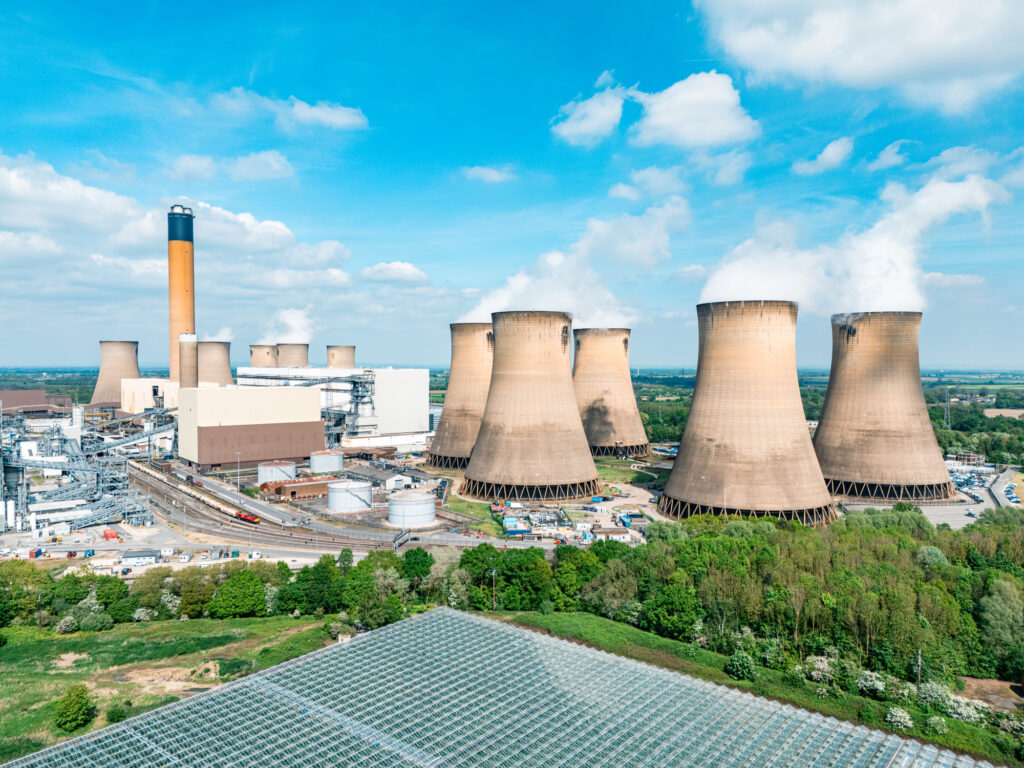For the full PDF of this policy tip sheet, click here.
Quick Bullets:
- Fracking is a method of increasing the amount of oil and gas that can be extracted from a reservoir.
- Fracking, combined with directional drilling, allowed U.S. natural gas production to climb 84 percent, and oil production to grow 137 percent.
- The amount of new gas produced by fracking decreased the price of natural gas by $6.83/MCF from 2008 to 2020.
- Research indicates fracking is not causing water or air pollution, or damaging earthquakes.
Hydraulic fracturing, aka “fracking,” is a method for recovering oil and gas from unconventional fossil fuel reservoirs. It involves creating fissures in a rock formation in order to stimulate oil or gas movement through a reservoir that may otherwise have been difficult to extract fluids from.
Two broad concepts need to be understood: “porosity” and “permeability.” Porosity exists when there is void space between grains of the rock, allowing fluid like gas, water, or oil, to accumulate. Permeability describes the presence of pathways between the spaces, which allow fluids to move through the rock.
For example, shale has good porosity, but poor permeability. As a result, it is hard to produce significant amounts of oil and gas from shale formations. The solution is to create artificial permeability by fracturing the rock. This is typically accomplished by pumping liquid solutions at high pressure down to the target formation, which opens cracks in—or fractures—the rock. The liquid contains what is called a “proppant,” which is often sand, in order to hold the new fissures open.




